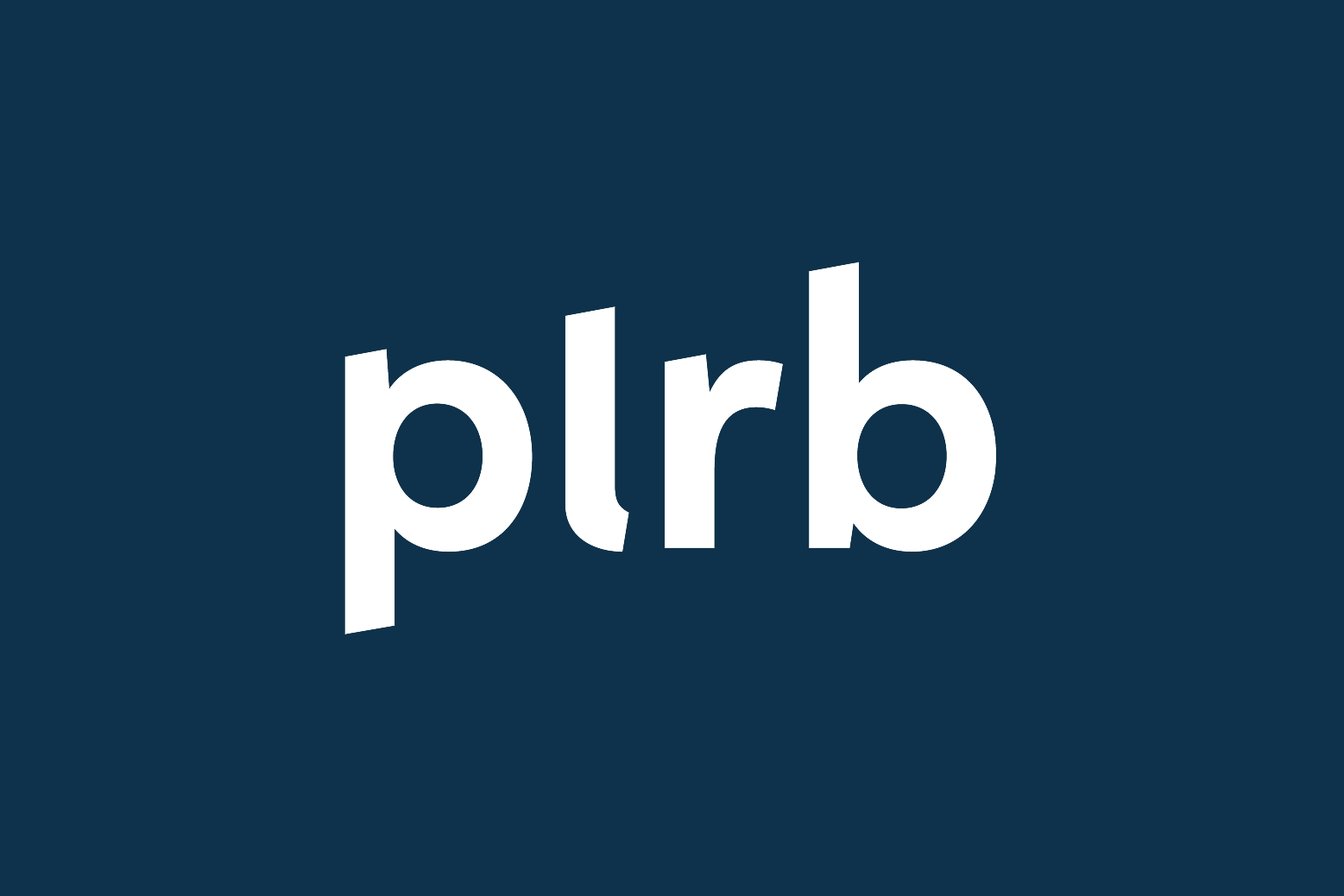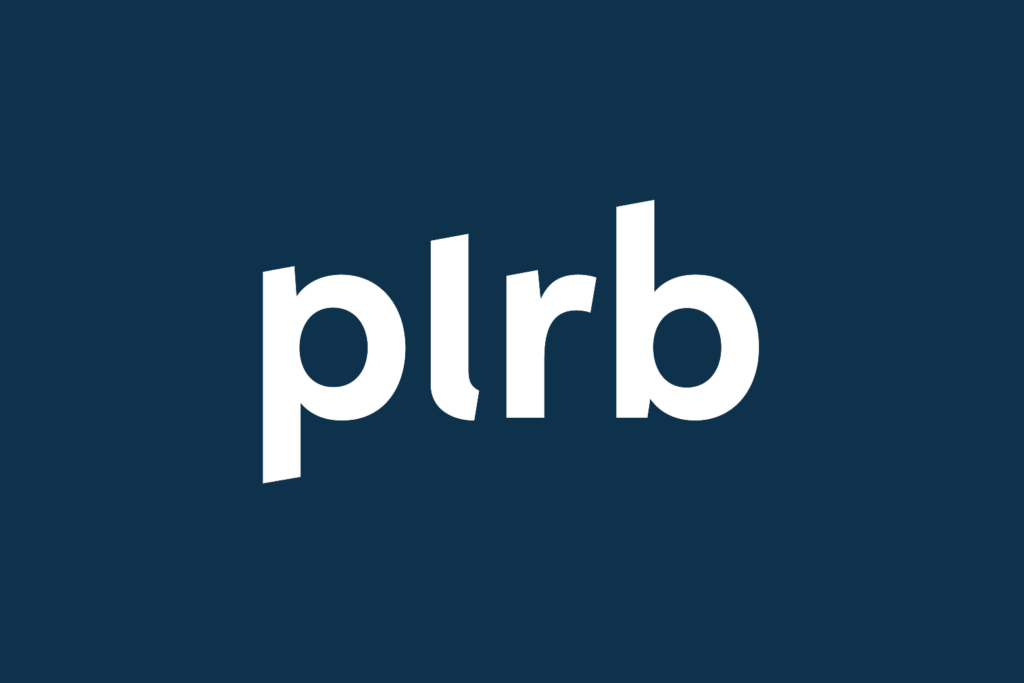Cybersecurity in Insurance: Data Protection and Safeguarding Trust in the Industry
Imagine this: A ransomware attack paralyzes a regional insurer’s claims system, exposing thousands of customer records. Within hours, trust is shattered, and reputational damage is already taking root.
This isn’t fiction—it’s the reality many insurers face as cyber threats become more frequent, sophisticated, and costly. The numerous cybersecurity challenges include managing vast amounts of sensitive data and dealing with poor third-party security. With insurance operations becoming increasingly digital and data-rich, cybersecurity is no longer just an IT issue—it’s a business-critical function tied directly to consumer trust and regulatory survival.
Why Insurance Is a Prime Target
Insurers collect and store some of the most sensitive data: Social Security numbers, banking details, health records, and more. According to Huntress and Security.org, cyberattacks targeting the financial and insurance sectors are rising steadily, and so are the stakes. Meanwhile, the global cyber insurance market is projected to hit $16.6 billion by 2025, reflecting the growing risk and increased awareness among businesses seeking protection.
The Regulatory Web Insurers Must Navigate
Cybersecurity isn’t just about firewalls and threat detection—it’s about compliance, too. From the General Data Protection Regulation (GDPR) in Europe to the California Consumer Privacy Act (CCPA) and evolving federal regulations in the U.S., insurers face increasing scrutiny over how they collect, store, and share data.
In 2025, changes to HIPAA compliance are expected to reflect increased digital health data usage, AI-driven diagnostics, and a renewed focus on data portability. According to Reuters, regulators emphasize proactive data governance and the secure use of AI in sensitive environments.
Cybersecurity and Data Protection Strategies
As insurers handle increasing volumes of sensitive customer data—especially with technologies like telematics and AI—robust cybersecurity is no longer optional. A single breach can erode customer trust, trigger regulatory penalties, and result in significant financial loss. To mitigate these risks, insurers must go beyond basic security hygiene and adopt proactive, comprehensive protection measures.
See below for specific, high-impact cybersecurity strategies insurers should prioritize:
Key Cybersecurity Strategies for Insurers
Insurers must be proactive, not reactive. Here are essential practices shaping modern cyber resilience:
- Zero-trust Architecture: Assume no user or device is trustworthy by default, limit access, and verify everything.
- Advanced Threat Detection Tools: AI-driven monitoring systems can detect anomalies faster than traditional methods, reducing response times.
- Regular Penetration Testing and Vulnerability Scanning: Simulate attacks to find and fix weaknesses before cybercriminals do.
- Incident Response Planning: Create, test, and refine response protocols. The first 24 hours after a breach are critical.
- Staff Training & Culture Building: With 88% of data breaches stemming from human error (Robertson Ryan & Associates, 2024), role-based training and a security-first culture are essential.
Building Trust through Cybersecurity
Building trust with customers is essential for insurance companies, and cybersecurity plays a critical role in maintaining this trust. Insurance companies must prioritize cybersecurity and implement robust data protection measures to protect sensitive customer information. This includes being transparent about data collection and usage, providing clear information about data protection policies, and ensuring customers have control over their data.
Insurance companies must also demonstrate accountability and have a comprehensive incident response plan to respond to security incidents. By prioritizing cybersecurity and transparency, insurance companies can build trust with their customers and maintain a competitive edge in the insurance market. Furthermore, staying current with the latest cybersecurity measures and technologies, such as artificial intelligence (AI), is crucial to avoid sophisticated cyber threats and protect sensitive customer data.
Final Thoughts: Trust Is the Ultimate Currency
In an industry built on promises and trust, insurers can’t afford to take cybersecurity lightly. As attacks become more complex and regulatory demands tighten, organizations prioritizing protection, transparency, and preparedness will lead the way.
Want to dig deeper? Explore our curated Member Resources to stay ahead of the next threat.
Next: In our next blog, we’ll examine how inflation is impacting the Property and Casualty sector—from pricing and underwriting to claims costs and customer expectations. Don’t miss it.


